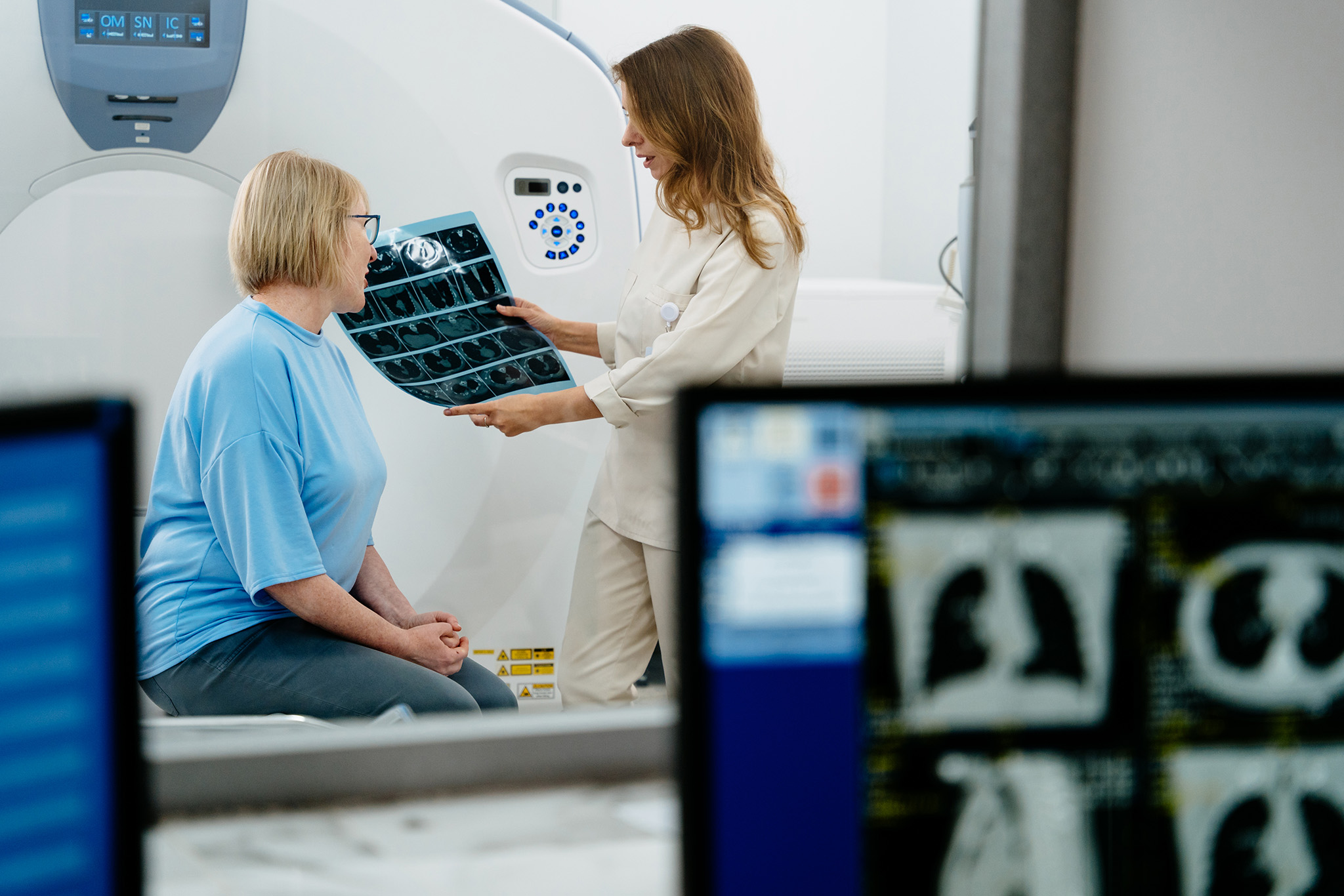Nov 6, 2025 10:38:16 AM

MRI-guided localization plays a critical role in the surgical treatment of breast cancer, especially when lesions are only visible on MRI. This advanced technique ensures accurate tumor targeting in patients with complex or occult lesions. In this article, we explain when MRI-guided localization is needed, how the procedure works, and how it fits into surgical planning with magnetic seed technology.
When Is MRI-Guided Localization Needed?
While most breast lesions can be seen on mammography or ultrasound, some tumors—especially invasive lobular carcinomas—are only detectable on MRI. In these cases, standard image-guided localization techniques may not be possible. MRI-guided localization is typically used when:
- The lesion is occult on other imaging modalities
- There is multifocal or multicentric disease only seen on MRI
- Biopsy has been performed under MRI guidance
- Precise surgical planning is critical due to neoadjuvant response
This approach ensures accurate resection of difficult-to-locate tumors.
How Does MRI-Guided Localization Work?
After MRI identifies the lesion, a radiologist inserts a localization marker under MRI guidance. Depending on the institution and technology, this can be:
- A magnetic seed (such as the Pintuition Marker®)
- A wire
- A radioactive seed (RSL)
- A clip marker, if biopsy is also being done
The marker allows the surgeon to locate the tumor during the operation using an intraoperative guidance system. This is especially important for ensuring clear surgical margins.
Why MRI-Guided Localization Requires Compatibility
One of the challenges in MRI-guided procedures is marker compatibility. Not all markers are MRI-safe or visible. Additionally, scheduling constraints in MRI environments often require flexibility in timing. Magnetic seed systems like Pintuition® offer a solution:
- MRI-compatible and non-radioactive
- Seed can be placed days in advance
- Clear directional feedback during surgery
- Supports both breast and axillary localization
Explore how this works in our clinical overview.
Clinical Scenarios That Benefit from MRI Guidance
MRI-guided localization is particularly beneficial in:
- Invasive lobular carcinoma (ILC)
- High-risk screening programs (e.g. BRCA patients)
- Residual disease after neoadjuvant chemotherapy
- Patients with dense breast tissue
In all these cases, MRI improves visibility and accuracy, which directly impacts surgical outcomes.
How Sirius Medical Supports MRI-Guided Localization
The Pintuition Marker® is MRI-compatible and can be safely inserted under MRI guidance. The Pintuition System® then guides the surgeon to the marker during the operation using real-time directional audio and visual feedback.
This combination supports:
- Accurate lesion localization for MRI-only visible tumors
- Reduction in re-excision rates
- Improved patient and surgical team experience
Ready to integrate MRI-guided localization into your surgical workflow?
Request a demo or browse our resources to learn more about Pintuition® and its applications in advanced breast cancer surgery.
Disclaimer
This article is intended for informational purposes only and should not be considered medical advice. While Sirius Medical is dedicated to improving breast cancer treatment through innovative localization technology, we do not provide medical diagnoses or treatment recommendations. If you experience any symptoms or changes in your breast health, consult a qualified healthcare professional promptly. Early medical evaluation is crucial for accurate diagnosis and effective treatment. Always seek professional guidance for concerns regarding your health.


